The success of fishing depends not only on the skill of the angler, but also on the correct selection of tackle. Moreover: some elements of the equipment need not only correct selection and installation, but also precise adjustment. And today we will talk about the rules for adjusting the clutch on inertialess reels and touch on the multipliers a little.
Unfortunately, not all novice anglers know about the purpose of the friction brake, and only a few can reasonably use it. Meanwhile, a properly adjusted friction brake can save expensive gear from breakage and help pump out a very significant trophy.
Here is an overview of the content of this tutorial, feel free to jump to any section you care about:
For more fishing instructions, take a look at these popular Trizily links: Best Baitcasting Reels, Best Fishing Lines.
- Spinning Fishing For Beginners (Complete Guide)
- How To Choose A Spinning Rod (Complete Guide)
- How To Choose A Spinning Reel (Complete Guide)
Why do you need a friction brake?
All modern inertia gears and multipliers are equipped with a friction brake. This mechanism is tuned for a specific load. If such a load falls on the tackle, the friction clutch is activated, which ensures the exhaustion of the fishing line. As soon as the impact is weakened, and the fishing line exhaustion stops.
Correct clutch adjustment provides:
- Effective hooking without overloading the tackle.
- Practicing jerking large trophies while playing.
- Safety of the tackle with hooks.
A properly adjusted drag allows you to operate delicate rigs when catching specimens exceeding test limits. It is necessary when working out the holds, especially when catching a predator in the supports. In a word, with the right approach, the thing is very useful and necessary.
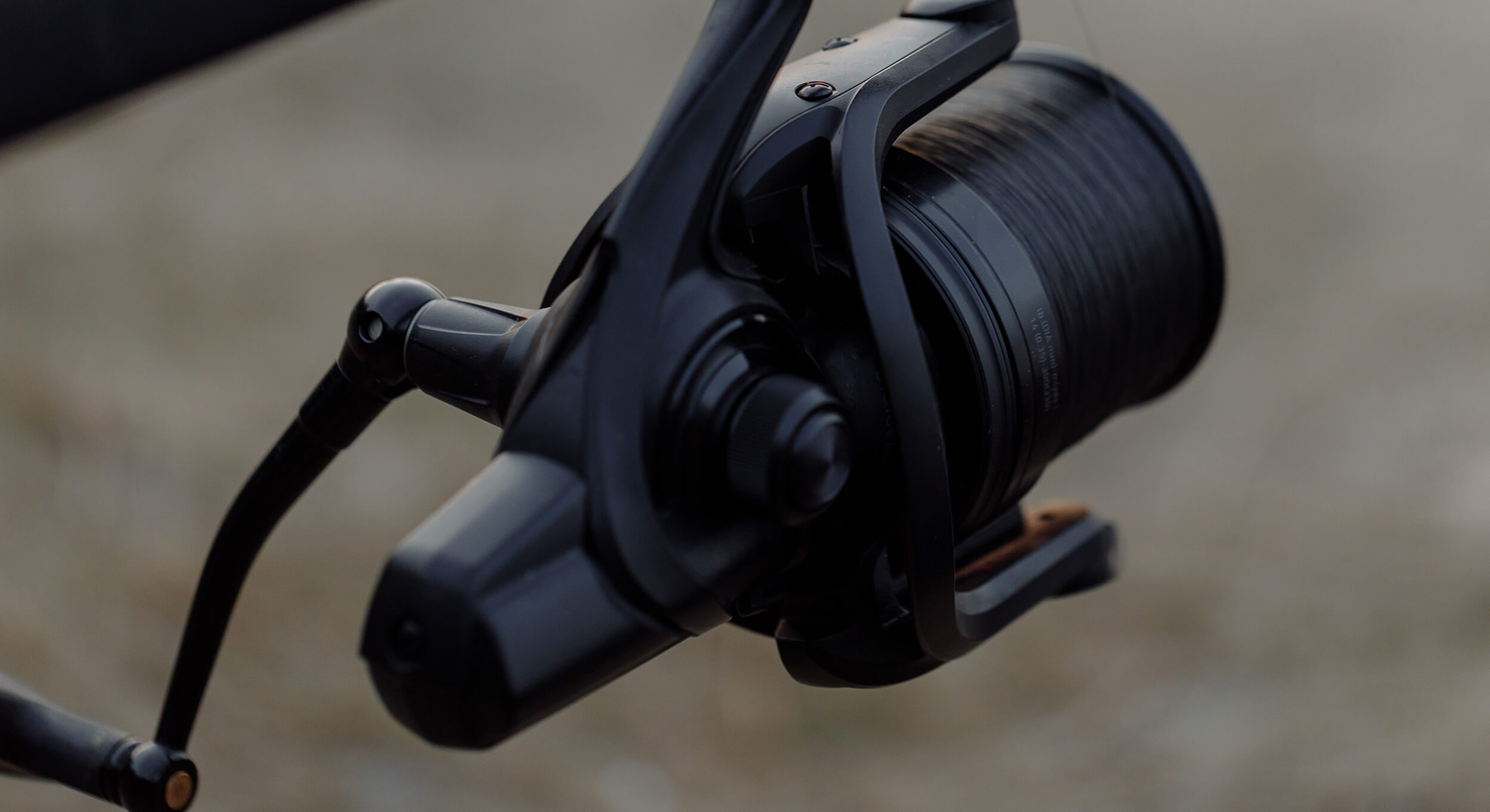
Types of clutches for inertia
Let’s take a quick look at the types of friction brakes:
- Front . A friction brake of this type has the simplest device and is used mainly on high-speed inertialess drives. It is adjusted using a special screw located at the front of the reel. It is built into the spool and cannot be replaced separately. The advantages of this option include lightness and relative cheapness. The disadvantages are relatively low reliability and a tendency to self-tightening. A good mechanism is designed to average 300g increments per click of the adjusting screw.
- Rear . A more reliable, but heavier and more expensive option that power reels are equipped with. It is located behind the reel, and the regulator is also mounted there. Such a friction clutch performs better in trophy fishing due to the reliability and stability of the set values, but the adjustment is less accurate – on average, 500 grams per click.
- Combined . These are reels simultaneously with the front and rear drag, which are switched thanks to the freespin reel. These reels are very reliable and comfortable, but unfortunately expensive and heavy. They are used mainly for passive fishing.
Adjustment of a friction clutch of an inertialess “under the maximum”
There are many opinions about the use of a clutch. Some anglers claim that he reduces the sporting intensity of fishing, preferring to fight even with large trophies on the maximum clamped mechanism. Others, on the contrary, tune it so weakly that it turns on even when a 200-300 gram grass pike bites.
Well, this is their point of view that has the right to life. And there can be no universal advice here: a competent angler operates the friction clutch selectively, for himself, and even adjusts it to the conditions of fishing.
However, if you still do not have enough experience and a sense of the tackle, it is worth adjusting the brake “to the maximum” in accordance with the manufacturer’s declared breaking load of the line.
For correct adjustment, you need a load of the corresponding mass. It should be slightly lighter than the line breaking load. The ideal value is 70-80% of this load (for example, for a line with a tensile strength of 7 kg, we take a load of 5-6 kg).
Tuning is carried out on a fully equipped spinning rod (feeder, bottom gear). We act as follows:
- We equip the tackle and attach the load to the line (or we hook on the bait hook).
- We place the load on the floor at a distance of several meters from ourselves. Any flat surface is optimal.
- We tighten the clutch completely and release it by one click (vacation will give some margin necessary for amortization).
- Imitate sweeps begin and reeling the fishing line (raise a tip of the rod, while maintaining an angle of approximately 45 on ). Sometimes the load is lifted vertically, but you need to be careful not to damage the tackle – in this case, critical loads fall on it.
- We release the clutch gradually, making sure that the load stays in place.
- As soon as the brake is applied (you hear the sound of a ratchet, the line starts to wear out), stop adjusting.
Many anglers adjust the drag directly on the pond. It is not possible to achieve such accuracy as in the previous example, but the brake can be adjusted specifically for yourself.
To do this, it is enough to hook the hook on the tree trunk, step aside a few meters and act as in the previous case. However, the subjective feelings of the angler are the marker of the correct setting. As soon as the rod is bent close to critical, slowly release the regulator until the ratchet is activated.
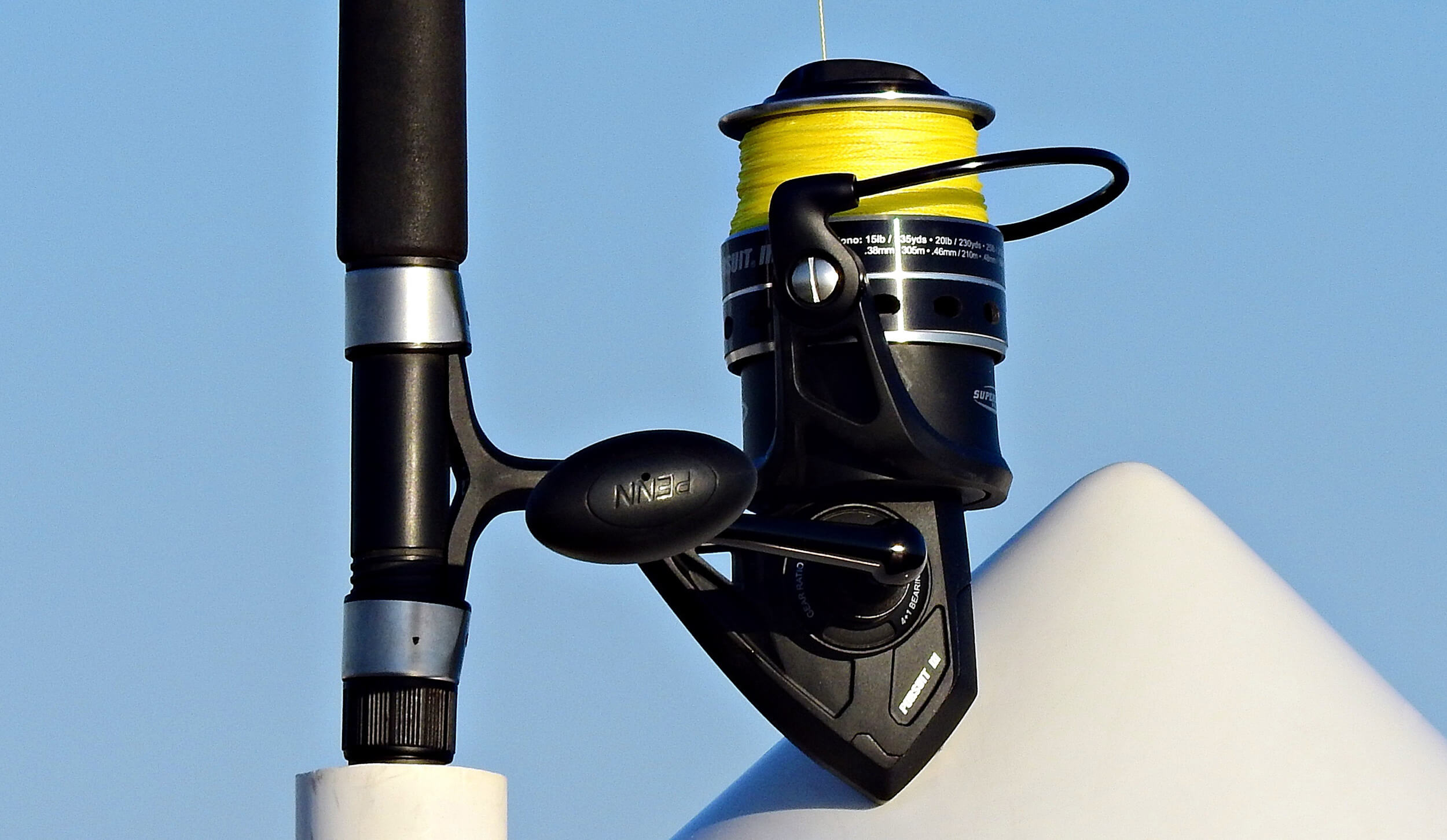
Adjustment for fish
As mentioned above, experienced anglers adjust the friction clutch for themselves, depending on the fishing conditions and the intended catch. For example, ultra-long powerful casts with fine rigging, which are not uncommon when fishing for asp, are best performed on a weakened friction clutch – this reduces the risk of line breakage.
However, it should be understood that a weakened brake reduces the effectiveness of the hooking. The line is blown off, the jerk loses its strength, which is very bad when fishing for pike or pike perch, which are famous for their hard palate. Moreover, a powerful predator, sensing something amiss, can go into vegetation or driftwood. This means that when targeting these predators, it is advisable to tighten the brake to the maximum.
In principle, this could have been done if we were talking about specimens weighing up to 1.5-2 kilograms – nothing needs to be regulated. But if a more weighty trophy bites, you will have to play with the friction clutch, releasing and pulling it in the process of playing as the fish gets tired.
The opposite is true for the perch. The lips of this fish are soft, easily break through on a sweep and can come off with aggressive playing. This means that for perch (as well as ide, chub, asp), you need to adjust the clutch more gently. Do not tighten the brake too much when fishing for carp and other large peaceful fish with bottom gear.
Freespin Reel setup
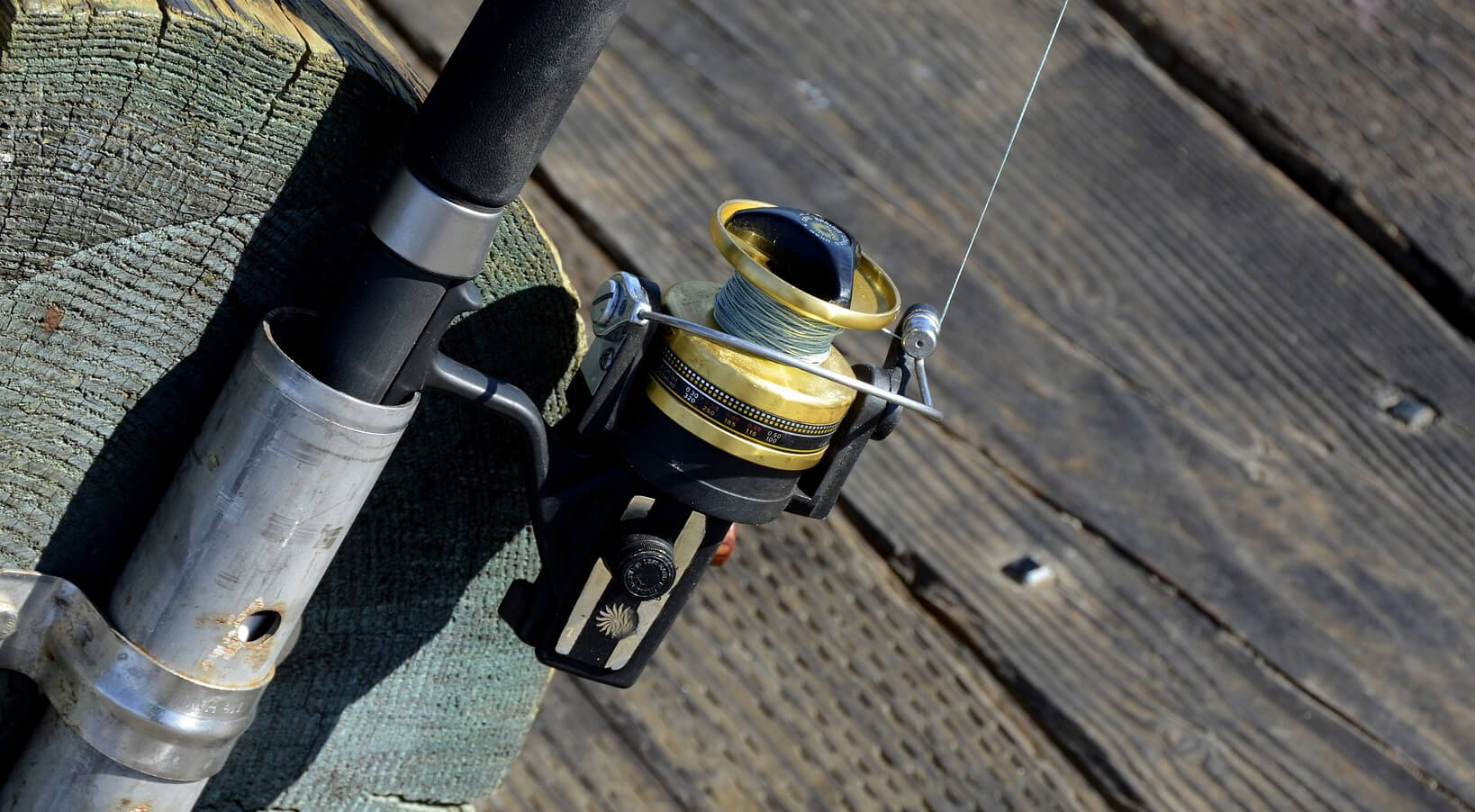
Modern power reels are sometimes equipped with an interesting option, a freespin reel. Spinningists don’t really need this mechanism, because it significantly makes the tackle heavier. But for lovers of bottom fishing or trolling, it will be a bit tough without it. A solid specimen that has pecked can simply drag off the tackle with a brake set up for playing. A rigid fixation of the rod will also not help: either the line will break, or the blank will break. So either hold the tackle with your hands, or keep your eyes on it, being nearby all the time.
The Freespin Reel is a double-clutch reel mechanism. The front one is usually set up for the regular mode of playing, that is, more rigidly. The freespin lever disengages the front clutch, engaging the rear clutch, which is not so tightly adjusted.
When biting with the freespin turned on, the line is released with little effort, an alarm sounds (even an electronic one, even a bell), the fisherman runs up to the tackle. Further, it is enough to turn the handle of the reel – and the front clutch is turned on, tightened to the hook. When playing solid specimens, you can periodically turn on and off the freespin reel, pumping out the fish. It is much easier than playing with a friction clutch in extreme conditions.
Adjusting the clutch on the multiplier
Baitcasting reels are high-tech devices with a complex braking system. The emphasis is on tuning the main brakes. The clutch is adjusted last.
When fishing in a cast, light multipliers are usually used , which are sometimes disparagingly referred to as soap dishes. Their friction brake is represented by a wing sprocket, which simultaneously serves as a regulator. The mechanism is usually set up for maximum tightening (just do not rip off the thread in diligence), and then release it with an asterisk for a couple of clicks. Often, adjustments are made during the fishing process.
The weight or hook method described above can be used. Please note: practical tests show that the maximum tightened drag on such reels releases the line at a significantly lower load than stated by the manufacturer. This is the so-called “foolproof”: the tackle will not break even at maximum load on the tightened friction clutch – it will still start to play off the line.
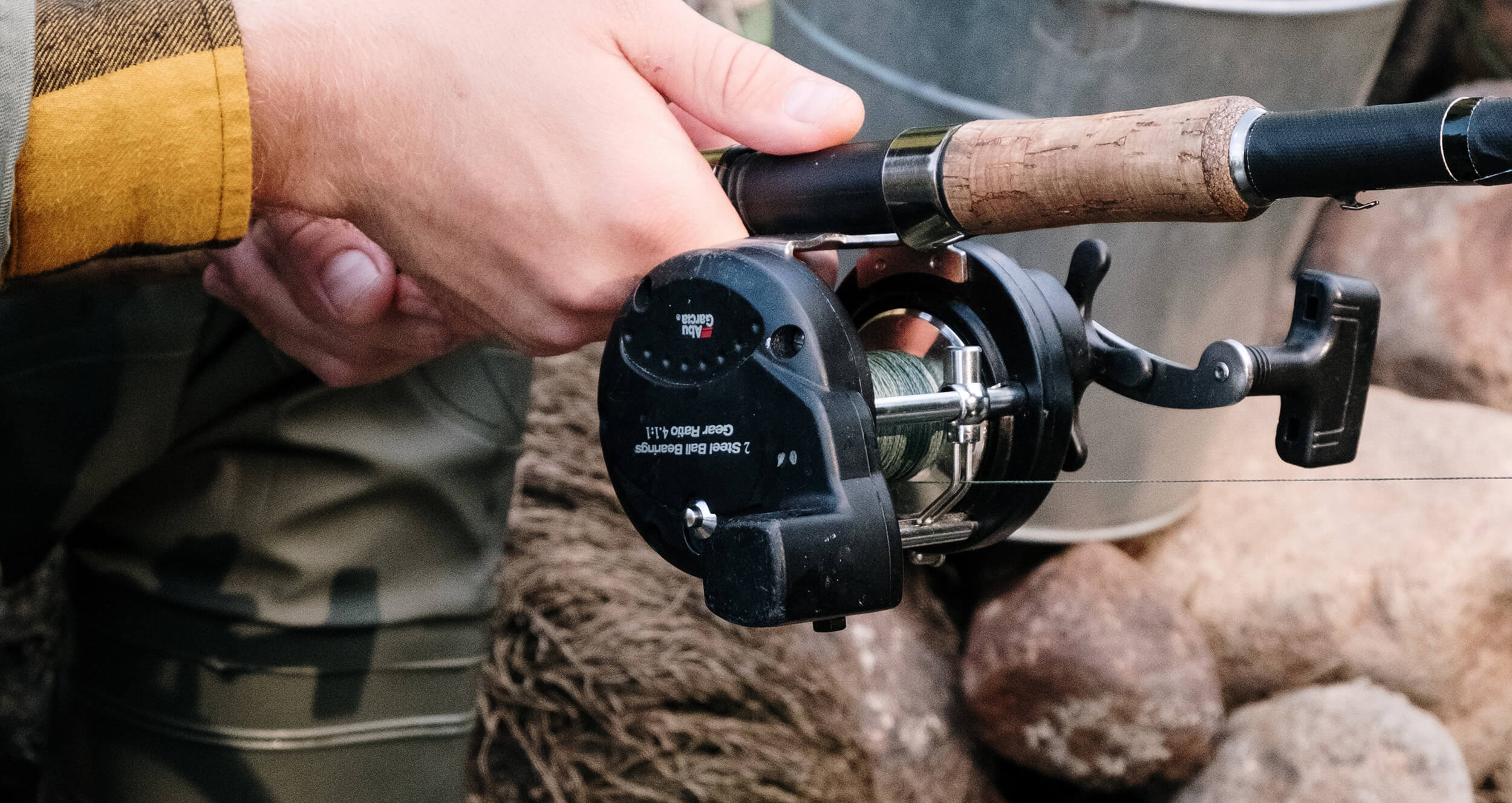
Now about the powerful trolling reels . There are two main types of brakes for these cartoons: Level Drag (with a lever) and Star Drag (with a star and a lever).
Incorrect clutch setting on a multi-trolling reel is one of the most common causes of all kinds of breakdowns. It is advisable to undertake this procedure if you have at least minimal experience in this area. First, you need to feel the “behavior” of the brake with different efforts, second – to understand that the device of the clutches of the cartoons is often different.
It must be remembered that the clutch is adjusted only on a completely released spool (the lever is in the lower position). In the uppermost position of the lever, the clutch holds the spool as much as possible (that is, as much as you adjust this mechanism). Some anglers put the upper position of the lever under the maximum load, but this is fraught with breakage of the tackle, especially if you operate by switching the lever in the heat of fishing.
If there is a wing sprocket in the mechanism, then you need to free it too, turning it towards you as far as it will go. Next, you need to release and gradually tighten the regulator, sending the lever to the intermediate (working) and upper position, checking the degree of applied forces and reaching optimal values. The working position refers to the position that the lever takes when trolling. When carrying out trolling wiring, it is definitely not worth tightening the lever to the maximum.
Tips for beginners
We hope you have mastered the basic rules for handling a friction brake, it is time for some final tips:
- Collect the tackle according to the rules . Follow the manufacturer’s recommendations: match rod, reel and line according to your bait test. With a lack of experience and the use of heterogeneous elements of equipment, no friction will save the line or rod from damage.
- Choose branded reels . Nameless counterfeit or outright fakes are unsuitable for more or less comfortable fishing. They lay the line unevenly, are easily damaged, and the friction clutch spontaneously squeezes during the fishing process.
- Remember to be able to adjust while fishing . Be guided by the situation: loosen the friction when playing very strong specimens, gradually tightening it tighter.
- Do not exceed the established maximum . We told you how to properly tighten the brake under the line test, but do not drag it even tighter – this is unsafe for the tackle. By the way, some reels cannot be tightened tightly at all – the manufacturer leaves a reserve for protecting the tackle.
- Leave the brake loose for storage . We came from fishing – put the tackle in order and release the clutch – this way it will last longer.
We wish you cool weather, good catch and whole gear, dear hobby colleagues!

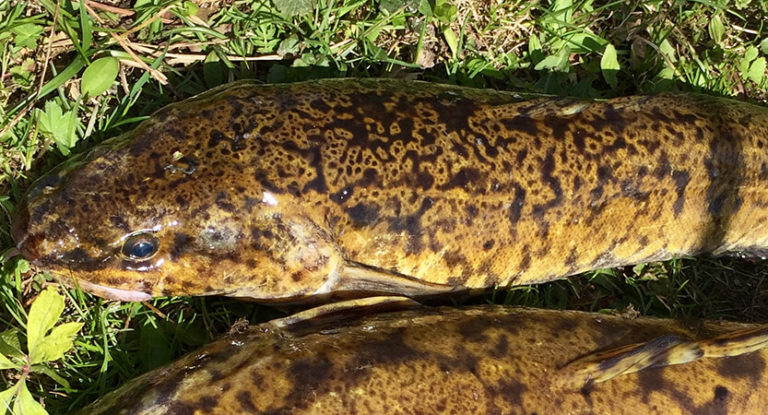
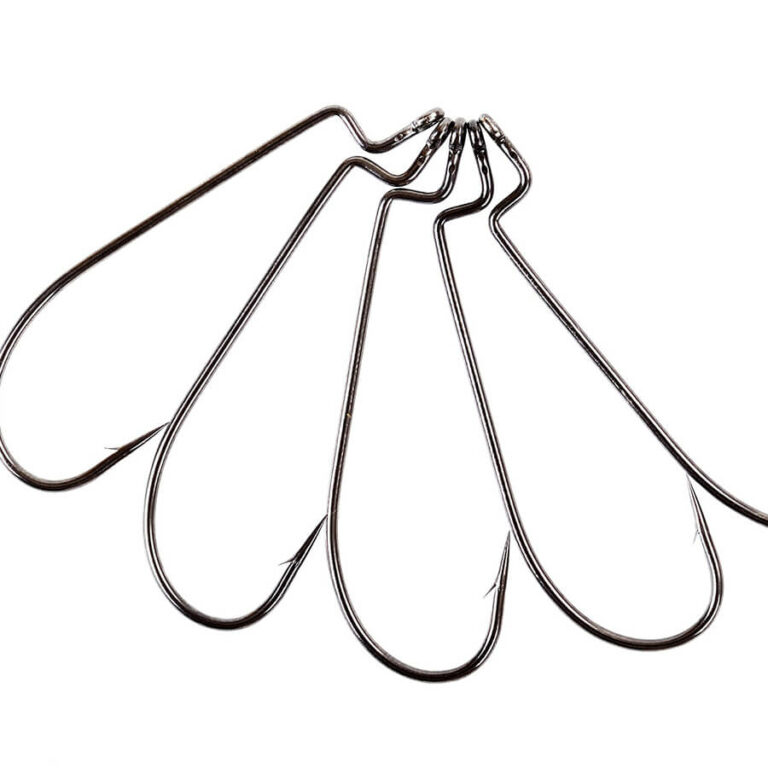
![The 9 Best Fishing Canoes in 2023 [Ultimate Guide] 17 The 9 Best Fishing Canoes in 2023 [Ultimate Guide]](https://trizily.com/wp-content/uploads/2022/03/best-fishing-canoes-768x768.jpg)

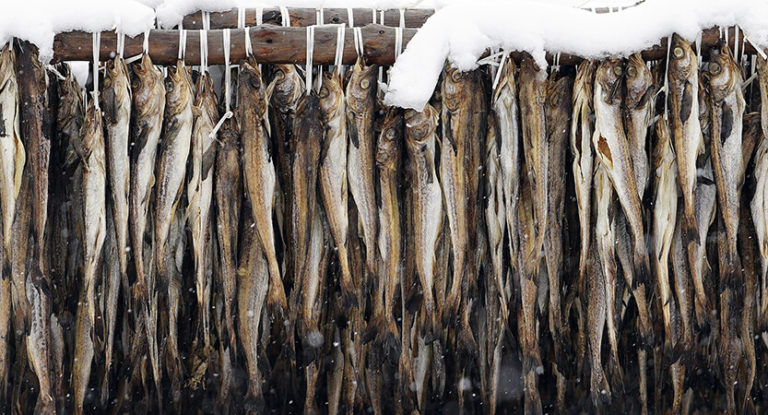
![The 8 Best Fly Reels in 2023 [Buyers Guide] 29 The 8 Best Fly Reels in 2023 [Buyers Guide]](https://trizily.com/wp-content/uploads/2021/12/fly-reel-768x415.jpg)